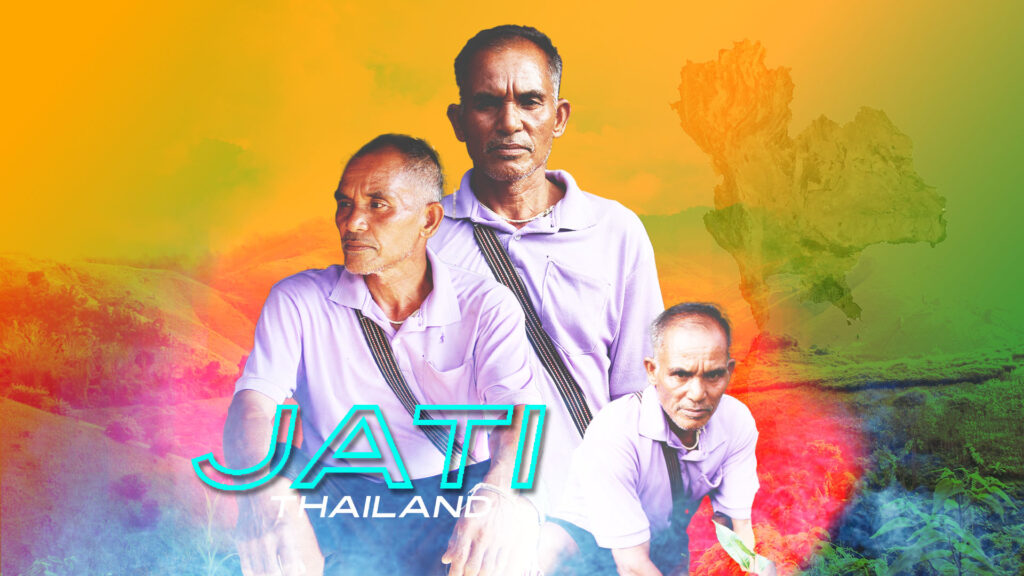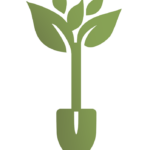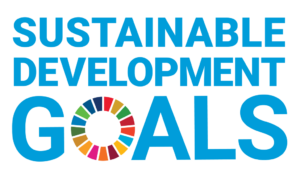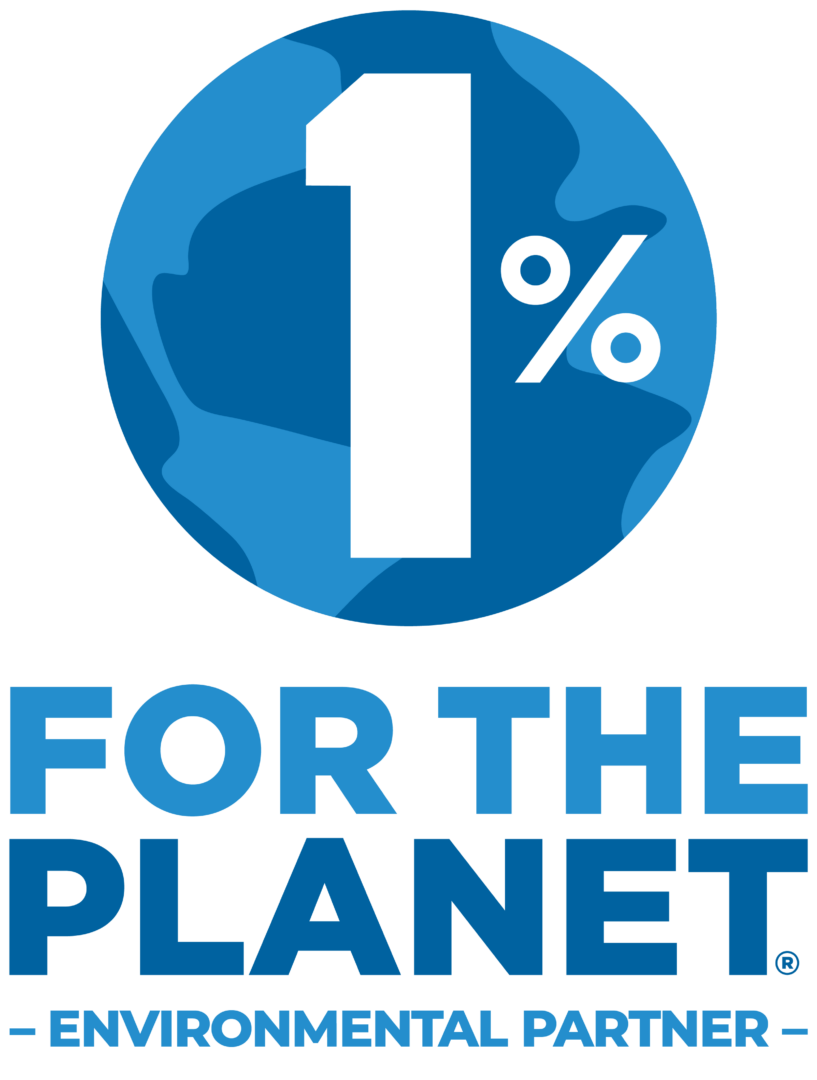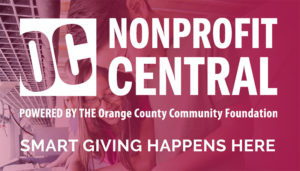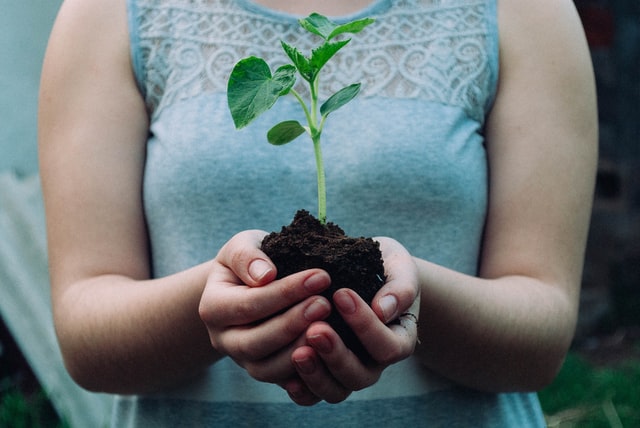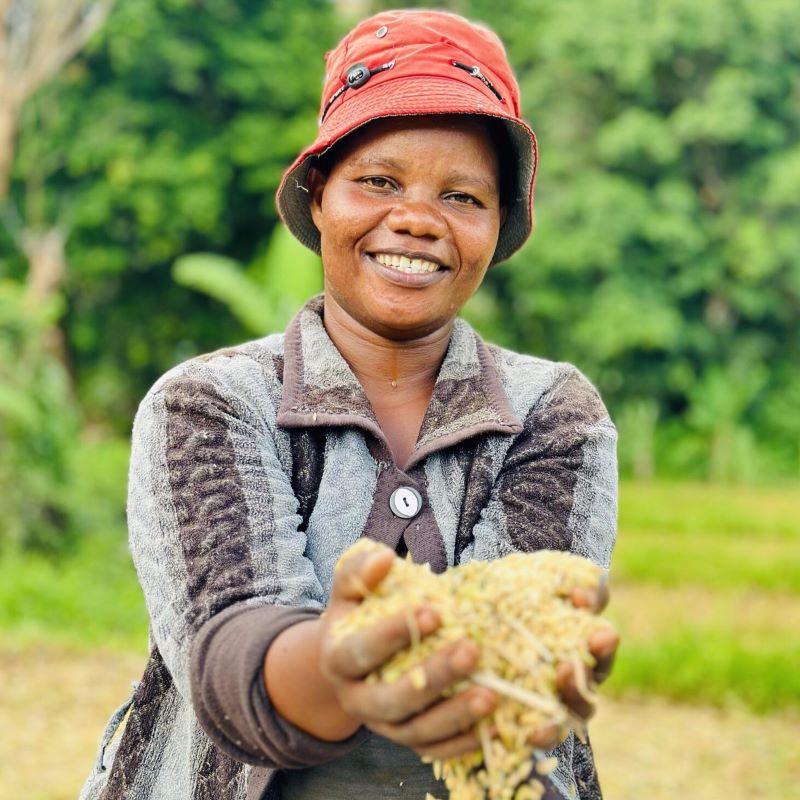“I used to think I had most of what I needed.”
“My family and I had enough to eat,” Jati says. “Sometimes there were worries about how we’d pay for household expenses, especially when we had to borrow money for farming. But it was manageable.”
“There was a water source in the mountain, a forest around it,” he recalls. “But we didn’t take care of it. We didn’t know how. Slowly, the water started to disappear.”
The change didn’t come all at once, but it came.
The dry seasons grew drier. Water, once taken for granted, became scarce. Then floods came where they never had before. And every year, the community had less and less to count on.
“As a community leader, I saw this as a warning. We needed to change.”

Jati’s story reflects something profound: that many of the most urgent changes we need begin in ways that feel small, slow, and uncertain. But they matter deeply.
“Before, there were no rules about our forest. No training, no planting, no protection,” Jati explains. “We didn’t even have the documents that said the community could manage our forest together. It was just there. And then, it wasn’t.”
So when he joined a Purpose Group with Plant With Purpose, it wasn’t about getting something quickly. It was about learning how to reclaim what had been forgotten.
“We started to learn about reforestation, making check dams to store water, and planting trees together. We were trained to see the forest as something we could bring back.”
The first time they built a check dam, it felt uncertain. Would it help? Would it hold during the rains? Would the trees survive?
But when the rains came again, the check dam did its job.
Water stayed longer in the stream. The soil around it stopped eroding. The forest, once brown and brittle, began to breathe again.
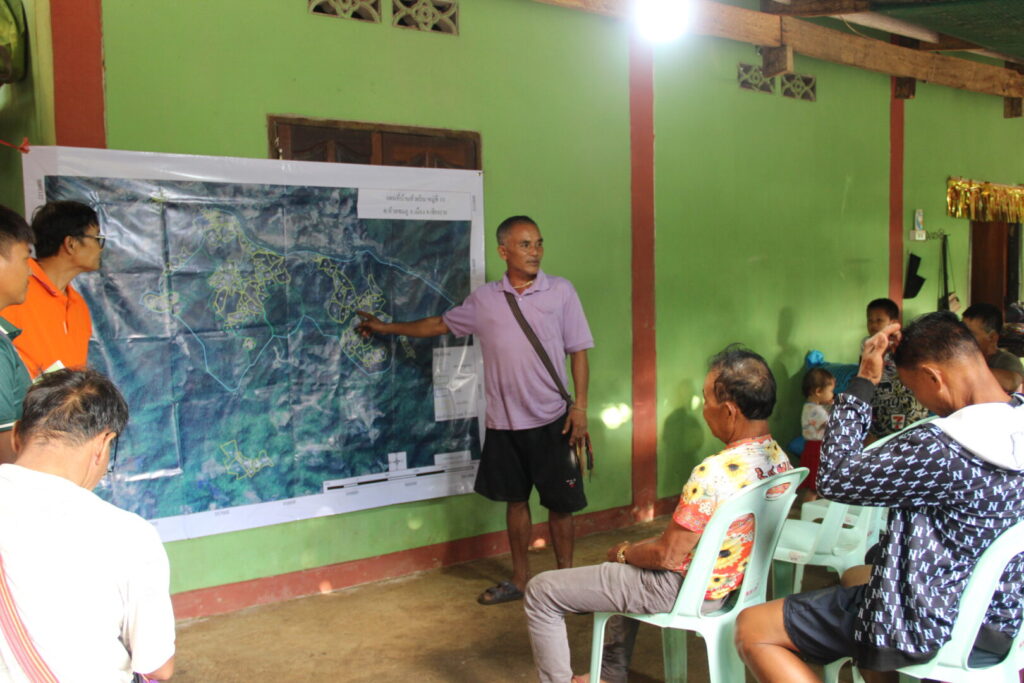
“It’s slow work,” Jati says. “But it gives me hope.”
Hope, for Jati, now has many forms.
It’s in the mango tree he planted for his grandchildren. It’s in the firebreaks his community builds together each dry season to stop wildfires. It’s in the new boundaries they’ve marked to protect their watershed.
“We have regulations now,” he says. “We map our forest. We know what belongs to the community. That’s new for us.”
What’s also new is a sense of unity.
“Before, we mostly kept to ourselves,” he says. “Agriculture was everyone’s focus, but there weren’t many times we gathered, not even to share ideas. Now, we come together often. We talk about saving, planting, and protecting. It’s changed how we see each other.”
The Purpose Group in his village is more than a financial tool. It’s a space of transformation.
“Saving helps with stability. But what’s even better is the trust we build. We rely on each other.”
Jati’s farming practices have changed too. “Before, I just planted maize. But every year, it was harder—costly to plant, and the soil got worse. Now I do agroforestry. I’ve added longan, rattan, and fan palm. My land is more fertile and less dependent on chemicals.”
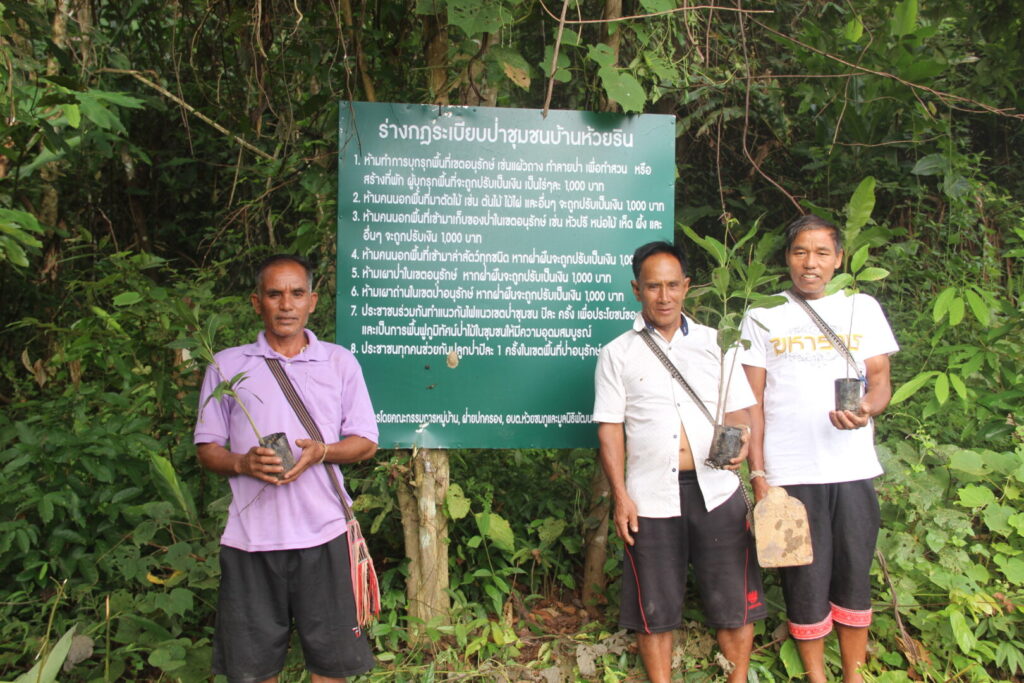
Agroforestry, tree planting, and forest mapping aren’t glamorous. They’re slow, manual, often uncelebrated.
But they’re sacred, in their own way.
“My family believes in doing what’s good,” says Jati. “Taking care of nature is good. Since joining the project, we’ve seen it. When you care for the forest, it gives back.”
Climate change hasn’t spared Jati’s community.
“I’ve lived here my whole life. We never used to have floods like this year. The cassava, the mango—gone in one storm. Everything washed away.”
And yet, he’s not discouraged. Not completely.
“Because we are doing something. We’re restoring. We’re preparing.”
Jati believes that even the smallest actions matter, especially when done together. “One check dam doesn’t stop the drought. But it holds water. One tree doesn’t bring the forest back. But it starts something.”
He sees this clearly now, and wants the next generation to see it too.
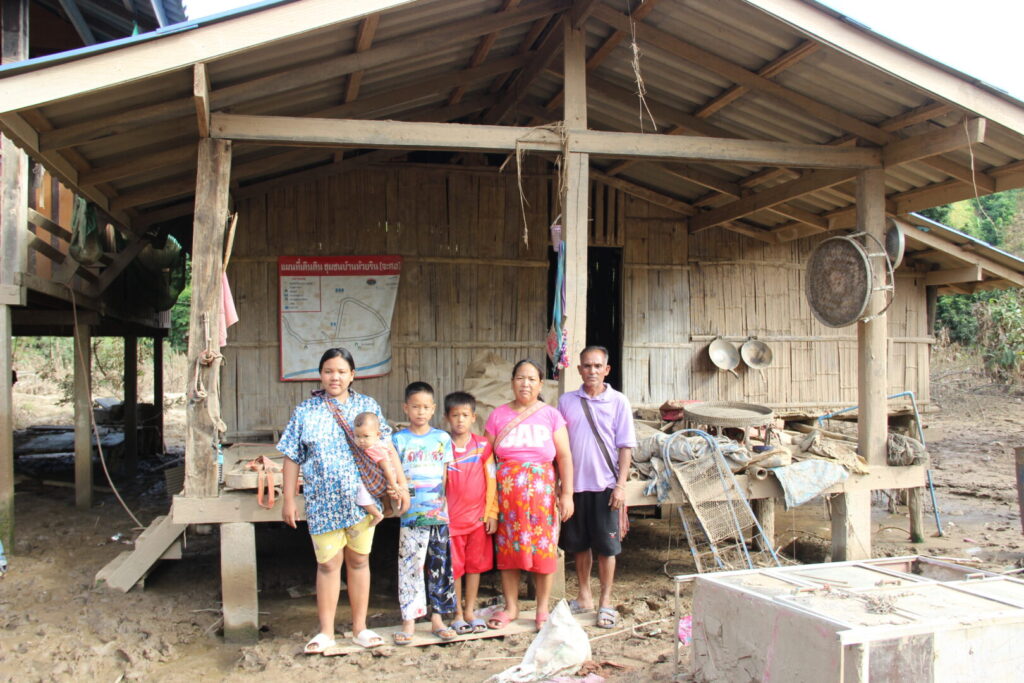
“My hope is that our children grow up knowing how to take care of this land. That they feel proud of it. That they protect it even more than we have.”
When asked what he’s learned most, Jati doesn’t hesitate.
“I’ve learned that if we want to see big change, we have to start small. We have to wait. We have to work. That’s how the forest returns. That’s how the water returns. That’s how we grow.”
And that is how communities like Jati’s, supported by the generosity of Plant With Purpose’s partners, lead their own transformation—from the ground up.

